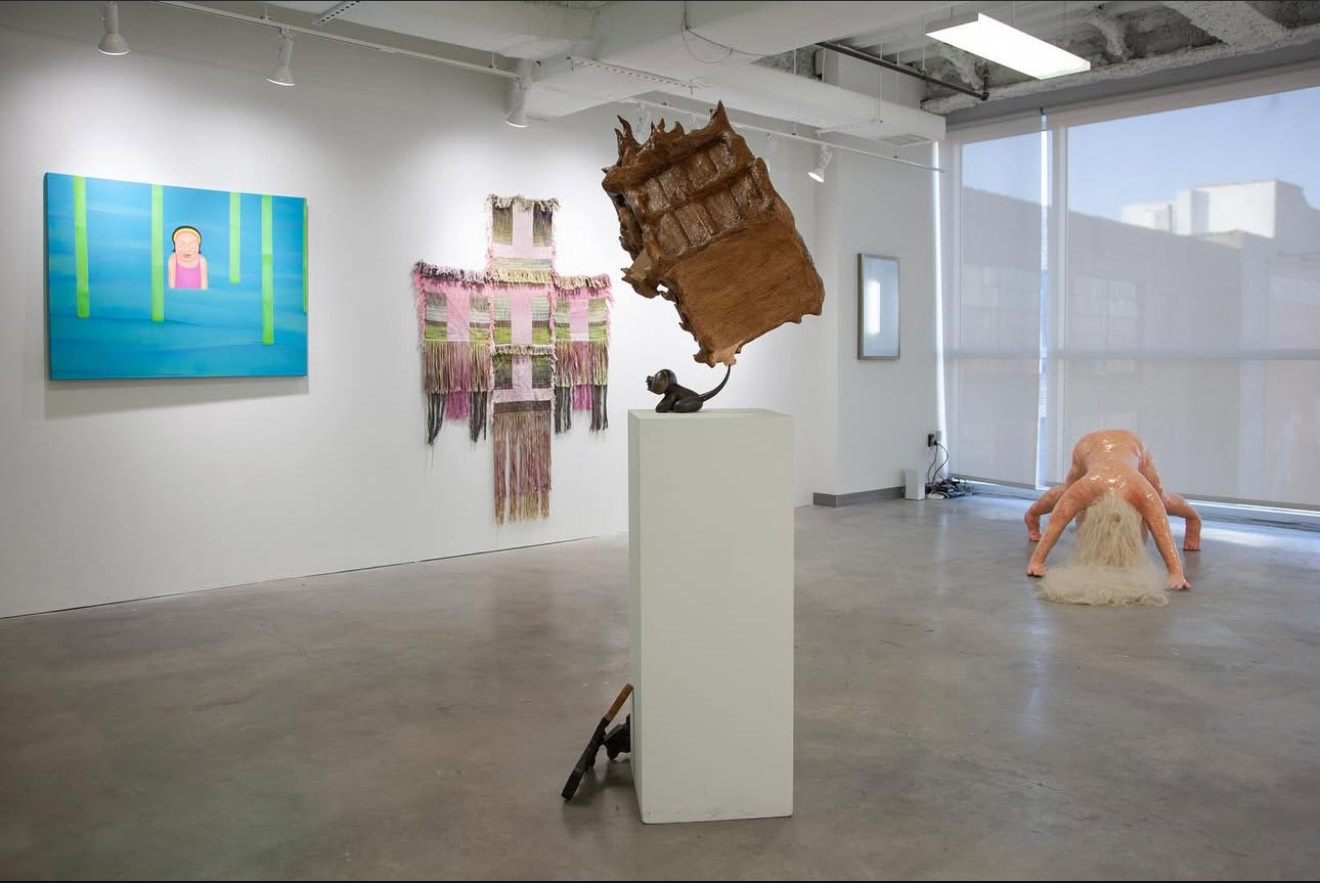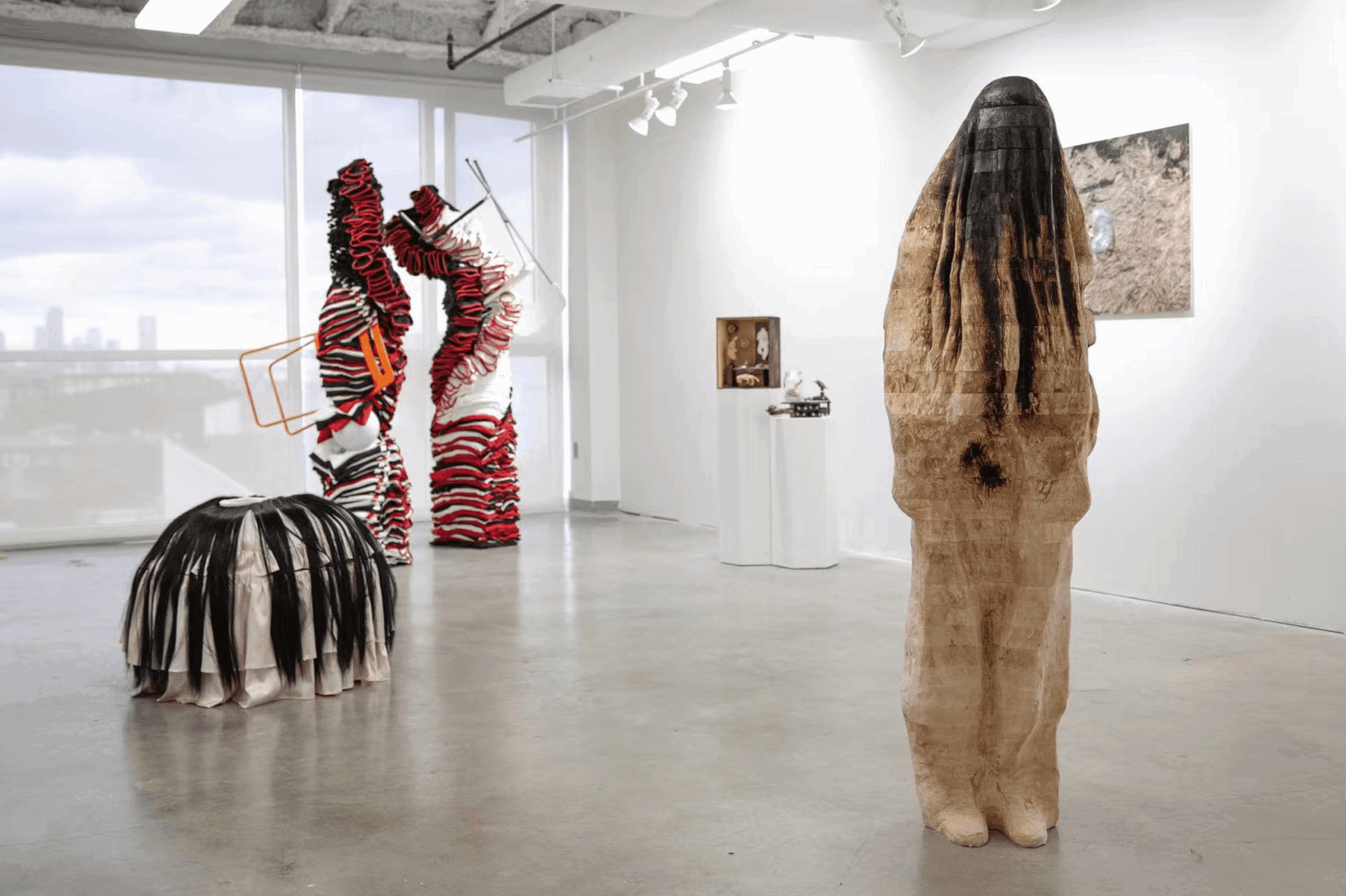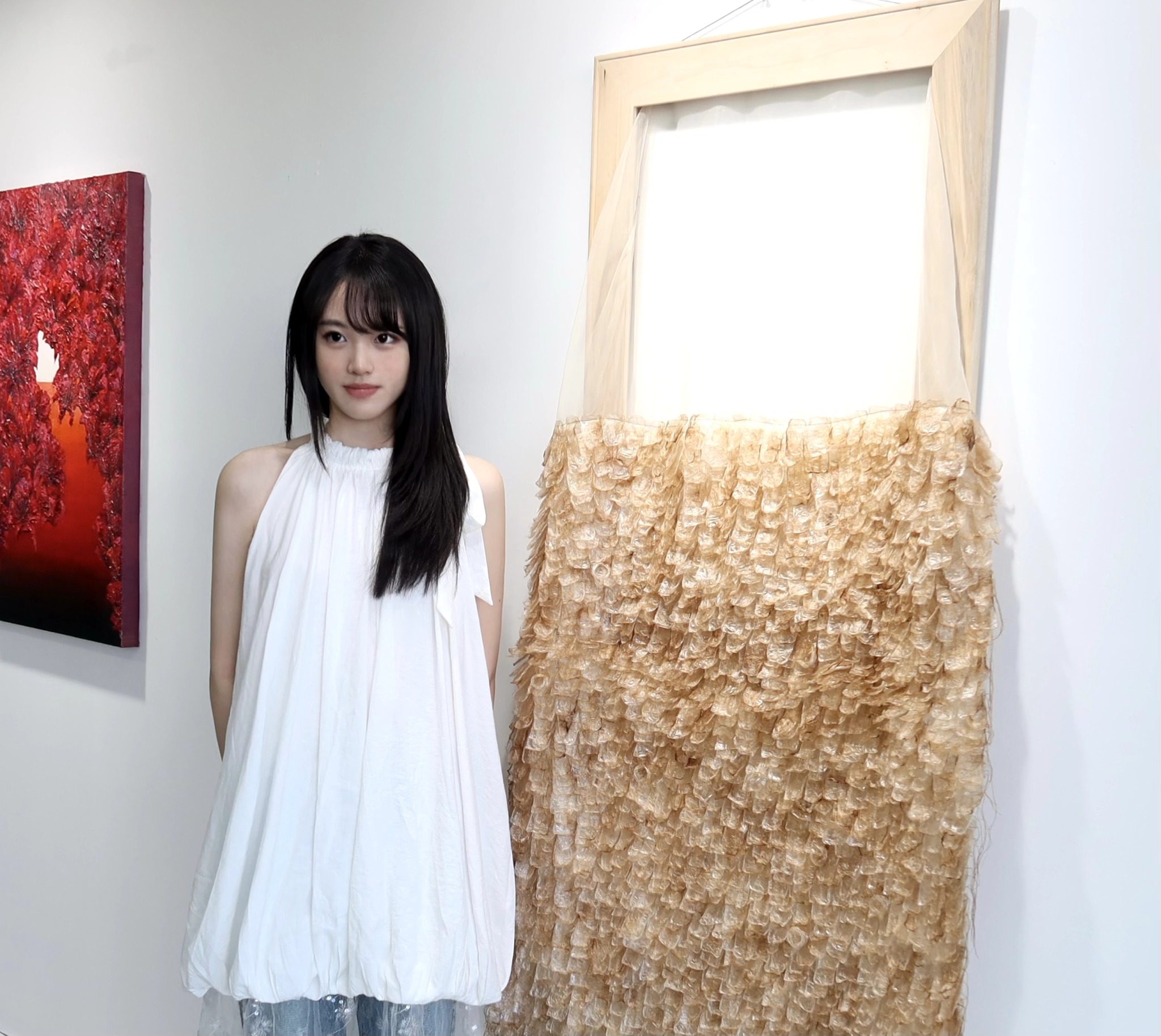Alright – so today we’ve got the honor of introducing you to Adela Sun. We think you’ll enjoy our conversation, we’ve shared it below.
Adela, thanks for taking the time to share your stories with us today We’d love to hear about when you first realized that you wanted to pursue a creative path professionally.
There wasn’t a single dramatic moment—it was more of a gradual realization that took shape through experience. While studying and working in the arts, I started to notice how energized I felt when my work supported others, especially when it helped emerging artists gain visibility and recognition. That feeling stayed with me.
I was particularly moved by the mutual support I witnessed among young artists and creative startups, especially within the Asian community. Many of us were building something from scratch, often in unfamiliar or underrepresented spaces. Yet in that shared struggle, I saw how deeply we relied on one another—and how powerful it can be when someone simply helps your work get seen.
The first time I helped promote an artist and saw their work gain traction, I realized: this is what I want to do. Not just create for myself, but contribute to something larger—something rooted in care, visibility, and cultural connection. That understanding became the foundation of my creative path. Knowing that my work can help others be seen and valued—even in small ways—is what gives it meaning, and why I continue to pursue this professionally.

As always, we appreciate you sharing your insights and we’ve got a few more questions for you, but before we get to all of that can you take a minute to introduce yourself and give our readers some of your back background and context?
Although I work professionally as a designer and curator, I often see myself more as a behind-the-scenes storyteller. My role centers around helping others—particularly emerging artists—find the most effective and authentic ways to communicate their work. Through visual design, I aim to highlight each artist’s unique voice so their ideas can be more easily seen, understood, and appreciated by a wider audience.
At A Space Gallery, I curate exhibitions that not only showcase the work of young and underrepresented artists, but also consider how their pieces are experienced by viewers. I focus on accessible, intentional presentation—because I believe good design doesn’t distract, it clarifies and uplifts.
In addition to curatorial work, I’ve also contributed to design projects like Li Tang Community’s 5th anniversary exhibition with THE BLANC, where I created visual promotional design to help communicate the event’s vision clearly and cohesively. I view design as a form of support: a visual language that brings coherence, emotion, and visibility to other people’s ideas.
What sets me apart is this commitment to collaboration and clarity. I’m not just trying to make things look “good”—I’m trying to help tell a story, connect people, and make important work feel seen and valued.
What I’m most proud of is being part of a growing movement that uplifts emerging voices in the art world—especially from Asian communities—and helping build platforms where they can thrive.
Any resources you can share with us that might be helpful to other creatives?
Yes—looking back, I wish I had understood earlier how valuable non-art-related resources and perspectives could be for my creative practice. Early on, I believed that only those working directly in the arts could offer relevant support or guidance. But over time, I discovered that people in fields like finance, education, tech, and even food industry often have problem-solving strategies and ways of thinking that can bring a completely new lens to artistic work.
Whether it’s learning how educators structure information, how startup founders pitch ideas, or how chefs think about presentation and sensory experience—these insights have helped me approach art and curation with more innovation and flexibility. I now actively seek out conversations and tools outside of the traditional art world, and I only wish I had started doing that sooner.

Any insights you can share with us about how you built up your social media presence?
As a storyteller for startup brands and galleries, I approach social media the same way I would develop a character in a story. I focus on building a clear personality for each account—using carefully selected and consistent design elements that reflect the brand’s unique voice. Whether it’s a specific color palette, typography, or even the tone and wording of the captions, these choices help make the content instantly recognizable.
When done thoughtfully and consistently, this kind of visual and narrative cohesion gives the brand a vivid, memorable presence. It creates a sense of familiarity that invites the audience to keep exploring, and helps build trust over time.
My advice to anyone starting out is: treat your social media presence like a character you’re shaping. Define its tone, style, and visual language—and stay consistent. The more recognizable and intentional your content feels, the more likely people are to connect with it and come back for more.
Contact Info:
- Instagram: adaiiila
- Linkedin: https://www.linkedin.com/in/adelasun/

Image Credits
Portrait Photo: Adela Sun in A Space Gallery’s group exhibition Container, 2024. Photo by Hazel Chen.
Image 1: A Space Gallery’s Anniversary Exhibition “Exit: Escape and Rebirth”, 2025, Photography by Xianglong Li, founder of A Space Gallery.
Image 2: A Space Gallery’s Anniversary Exhibition “Exit: Escape and Rebirth”, 2025, Photography by Xianglong Li, founder of A Space Gallery.
Image 3: Flowing Space and A Space Gallery’s Collaborative Exhibition “Sunrise/ Moonset”, 2025, Photography by Annie Chen, founder of Flowing Space
Image 4: A Space Gallery’s Group Exhibition “Container”, 2024, Photography by Xianglong Li, founder of A Space Gallery.


